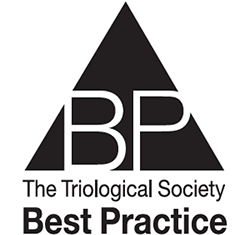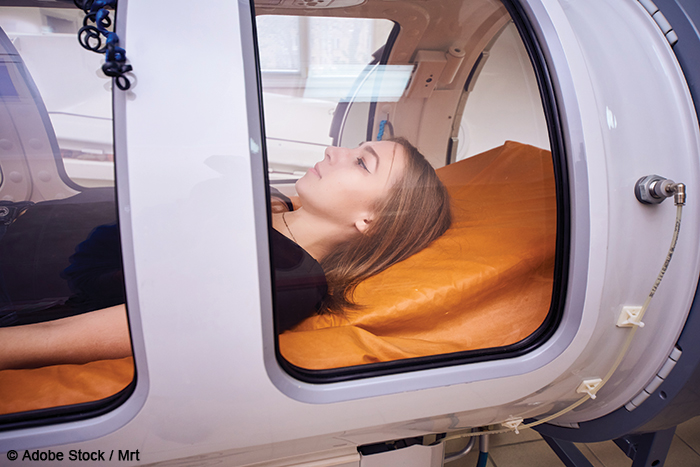 TRIO Best Practice articles are brief, structured reviews designed to provide the busy clinician with a handy outline and reference for day-to-day clinical decision making. The ENTtoday summaries below include the Background and Best Practice sections of the original article. To view the complete Laryngoscope articles free of charge, visit Laryngoscope.com.
TRIO Best Practice articles are brief, structured reviews designed to provide the busy clinician with a handy outline and reference for day-to-day clinical decision making. The ENTtoday summaries below include the Background and Best Practice sections of the original article. To view the complete Laryngoscope articles free of charge, visit Laryngoscope.com.
Explore This Issue
October 2023BACKGROUND
Sudden sensorineural hearing loss (SSNHL) remains a poorly understood pathology with variable prognosis, lacking definitive treatments. AAO–HNS’s Clinical Practice Guidelines defined SSNHL as hearing loss of 30 dB or more across at least three frequencies, arising within three days. Although viral and vascular etiologies have been suggested, the field lacks a definitive mechanistic understanding of this disease; its spontaneous resolution in certain patients is also not well understood.
 Standard of care has long consisted of systemic steroid therapy, with a more recent addition of intratympanic steroids for salvage therapy failing oral steroids; hyperbaric oxygen therapy (HBOT) has also emerged as a potential treatment. In this Best Practice, we ask if HBOT is effective in the treatment of SSNHL.
Standard of care has long consisted of systemic steroid therapy, with a more recent addition of intratympanic steroids for salvage therapy failing oral steroids; hyperbaric oxygen therapy (HBOT) has also emerged as a potential treatment. In this Best Practice, we ask if HBOT is effective in the treatment of SSNHL.
BEST PRACTICE
Though some studies show mixed results, the preponderance of evidence seems to suggest possible effectiveness of HBOT in treating SSNHL. However, the lack of standardized HBOT protocol and reporting makes definitive determination difficult as treatment regimens vary widely across studies. Though its use as sole therapy is less clearly established, current evidence suggests that earlier treatment with HBOT may provide the greatest benefit and may be an effective adjuvant to steroid treatment, though its use in salvage treatment may not differ significantly from steroids. Randomized controlled trials with standardized HBOT treatment protocols and attention to social determinants of health and other confounders are desperately needed to establish efficacy.